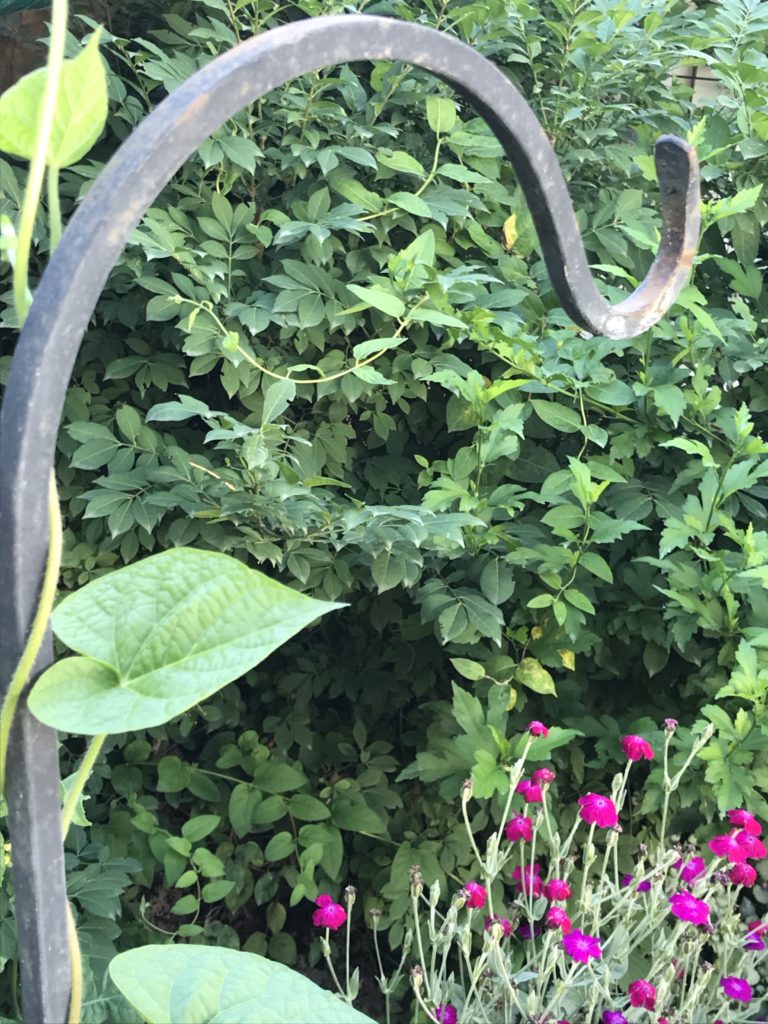
Recently I hosted with a colleague a workshop in which the primary focus was on presence. Our overall focus was on leadership. But our first gateway into that leadership was presence.
For this gathering, I wondered what books to choose as resources for people to peruse. I didn’t want to bring too many. Four seemed enough, one placed in each of the cardinal directions in the center of our circle. I brought some favorites. One by Pema Chodron (Living Beautifully with Uncertainty and Change). Another by John O’Donahue (To Bless The Space Between Us: A Book of Blessings). Another by Mark Nepo (The Exquisite Risk: Daring to Live an Authentic Life). These are each rich. They are books that I can randomly open to most any page and find a paragraph or two that deeply satisfies.
The fourth book surprised me just a bit. The Circle Way: A Leader in Every Chair, by Christina Baldwin and Ann Linnea. It’s not the quality of the book that surprised me. It was the realization that I wanted this book as one of only four to encourage presence. The Circle Way — as process methodology and as way of being — has been helping me to develop my practice of presence for close to twenty years now.
Here’s three ways of how I’ve experienced that.
The Circle Way Invokes Stillness — Most of us live in rather frenetic worlds don’t we. Meetings on top of meetings on top of meetings. Multiple channels of data that we comb, cull, or that regularly ping us with the latest happenings. Our texts. Our news apps. Our email. Who hasn’t realized after a few innocuous clicks that they’ve fallen into a bottomless Facebook rabbit hole of Top 10 this’ or thats. So much stimulation and mass awareness can evoke a kind of adrenalin rush, doesn’t it. I feel that. It can be rewarding in the moment. It’s just not helpful as an uninterruptible pattern over the long haul.
I want to suggest, contrary to this frenetic pattern, that stillness (and a simple process for evoking it) is equally important. If it were a list of capabilities required for a job, I’d put stillness next to “ability to multitask.” The stillness that is bringing full attention to the matter at hand. The stillness that is not jumping ahead to the other meetings that you know you still need to prepare for. The stillness that is kindness, by offering the gift of our showing up undistracted with the people that we are with in the moment. The Circle Way is a simple approach to invoking and remembering stillness. It’s structure and practices inherently encourage it. Waiting. Passing a listening piece. Being able to see others in the group. Democratizing meaning-making.
The Circle Way Creates Turning To One Another — One of my mentors, Margaret Wheatley, wrote the book, Turning To One Another in 2009. It’s a very good collection of short essays that are at the center of people learning together. It’s also a primary narrative for what we are supposed to do together that I’ve been using since Meg wrote it. It is engagement. Encountering one another. Listening for what can’t be known by any individual but can only be known by people being together.
The Circle Way is a process methodology. It has structure. It has agreements. It has intention. It entrains a way to interrupt the pattern of isolation that many of us find ourselves in. Separation has been the game for many years now — human beings are skilled at buffering from each other. The Circle Way moves us from a classroom dynamic of “informing” to a collaborative dynamic of listening together for what is in emerging among us through our turning to one another.
The Circle Way Reveals Subtle — Many of us now know that there is always some level of mystery involved in our work, in our communities, in our families, and in our relations. Some things can’t be objectively named and measured. Yet they remain quintessentially important. Like the special something that makes Granny’s soup different than yours despite the same recipe. Like the grandeur that many feel, inexpressible in words, trying to describe their feeling at the Grand Canyon or other places of beauty.
The Circle Way can help us discover a feeling together, a subtle feeling, that isn’t secondary, but rather primary for influencing all of the tasks and things that we do. It gives us a kind of attainment, a coming into resonance. It gives us a gentle way of being together in an unknown or an unknowable. It gives us a way to discover subtleties that change the arc of the whole narrative.
